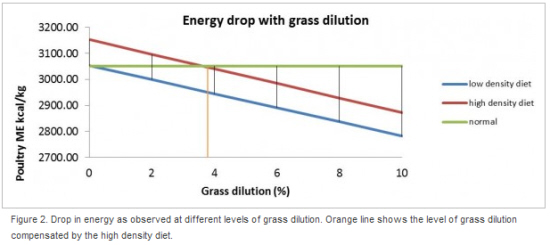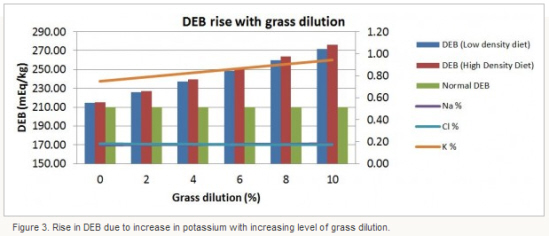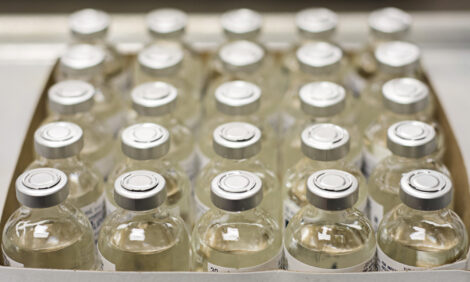



Improving the Performance of Free-Range Poultry Production
AUSTRALIA - According to researchers at The University of Sydney, free-range broilers and layers are less efficient converters of feed into saleable meat and eggs, and generally have higher mortality than conventionally-reared poultry.In broilers, the performance gap has been quantified as a 10-12 point increase in Feed Conversion Ratio (FCR). This does not consider the intake, by some birds, of dry matter (DM) from the range, and a 2-3 per cent increase in mortality in free-range compared with conventionally-reared birds (Durali et al., 2012).
A new Poultry CRC project led by Dr Aaron Cowieson (Director of the University of Sydney’s Poultry Research Foundation) aims to establish the principle reasons for the observed performance gap between free-range and conventionally reared broilers and layers. This project will then evaluate a range of nutritional interventions in an attempt to reduce the magnitude of this performance gap.
In the first instance, the project looked at delineating the contribution of two factors that are the core of free range production in Australia; absence of in-feed antibiotics and exposure to range from day 21 onward. This involved a factorial study to assess the magnitude of response to antibiotic growth promoters (AGP) and range challenge, and the interaction between these factors.
During the experiment, birds were observed to consume grass during their time on range (Figure 2). For free-range broilers, alkane concentrations in the digesta was measured and compared with alkane profiles of the pasture in order to estimate total DM intake from the range area. Grass consumption was estimated to be 3.7-4.24 per cent of total “as fed” intake, which equates to 1.55-1.78 grams of grass per bird per hour of range access in this study. Taking into consideration the grass consumption, the total feed intake increased significantly, by about 4.07 per cent (P<0.01), and FCR showed a nine- to 11-point increase for birds on the range.

Dr Cowieson explains: “Diets intended for consumption by free-range birds are not routinely formulated to accommodate the modifying effects of grass consumption on digestible nutrient intake. For example, grass has a very low digestible energy density for broiler chickens (Figure 3), diluting apparent metabolisable energy (AME) by around 50kcal per kg for every two per cent grass consumed.
Furthermore, grass contains a high potassium concentration and its consumption increases dietary electrolyte balance (DEB) by around 20 meq per kg for every two per cent grass consumed.” The implications of these changes in dietary nutrient supply are currently being explored in a subsequent trial where both standard and high energy density broiler diets are being systematically diluted with grass.
The outcomes of this work will shed light on possible nutritional contributions to the relatively poor performance of free-range broilers in Australia. Inadvertent changes in either dietary energy density or in DEB may be of importance, especially during summer months where DEB balance becomes critical to control metabolic alkalosis (excessive alkali in body fluids).










